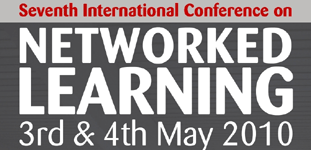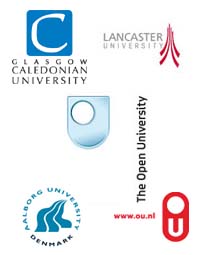

Exploring health science learner experiences of formative and summative feedback in a networked environment through ePortfolios
Susi Peacock, Sue Murray, Alison Scott
Queen Margaret University, Edinburgh, United Kingdom
Abstract
For health sciences students who learn in challenging clinical environments, appropriate, timely and focused feedback is essential if they are to progress towards the goal of becoming self-regulated professionals and independent life-long learners. ePortfolios are an emerging technology which is gradually being integrated into the curriculum offering tools that can be used by learners to capture collate and reflect on feedback gathered over time from a number of sources. Although feedback is accepted as central to the learning process this area is still under-researched with even less available on how learners respond to feedback provided in the online networked environment. This paper presents the outcomes of a mini-project which explored health science learners' experiences of receiving feedback through an ePortfolio. A collective case study approach facilitated an in-depth perspective of learners' experiences: subject-based focus groups from radiography, physiotherapy and nursing enabled access to the learners' views and attitudes with regards to feedback in general and particularly through an ePortfolio. Although small scale, this study has enabled a rich picture of learner attitudes and preferences with regards to feedback to be developed, as well as assisting in aiding understanding of the impact of using such a tool for these particular learner groups. Our findings demonstrate that students perceive feedback to be a communication mechanism between tutors and students which specifically assists learning and understanding as well as confirming level of attainment and clarification of grade. In particular, learners liked the immediacy, accessibility and permanence of the feedback in the ePortfolio. Having the feedback and assignment in the same location was considered an advantage, as was having digital notification of when the feedback was available. However, despite these benefits learners still wanted the option of face-to-face feedback in addition to the written feedback available through the ePortfolio. A number of technical issues related to internet access were also identified which limited engagement with the ePortfolio. Guidelines are provided to assist tutors in using the ePortfolio as a tool to support learner engagement. It is suggested that tutors develop an assessment dialogue with learners which clarifies the purpose of feedback and expectations of student engagement with feedback. The ePortfolio could be used as a tool to facilitate this dialogue and for health science students particularly to assist them with reflecting on the challenging experiences of clinical placements.
| About NLC | Welcome Messages| Acknowledgwments | Conference Proceedings| Keynote Speakers| Index of Presenting Authors| Contact |